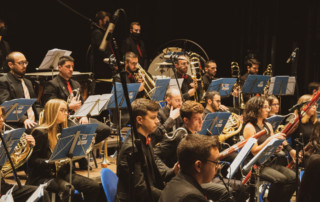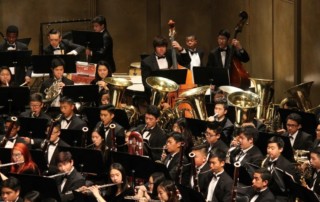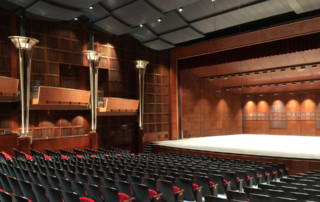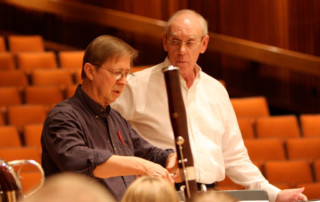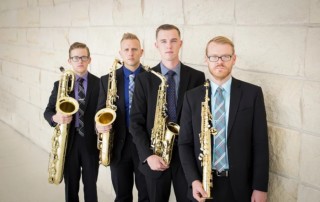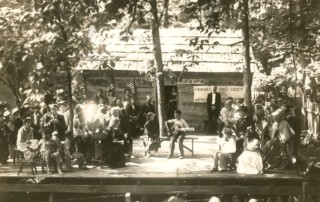Maslanka Weekly: Best of the Web – No. 122, New Performances of Popular Symphonies
Maslanka Weekly highlights excellent performances of David Maslanka’s music from around the web. This week, we are excited to feature amazing new performances of three of David's most popular symphonies: Symphony No. 4, Symphony No. 7, and Symphony No. 8.
